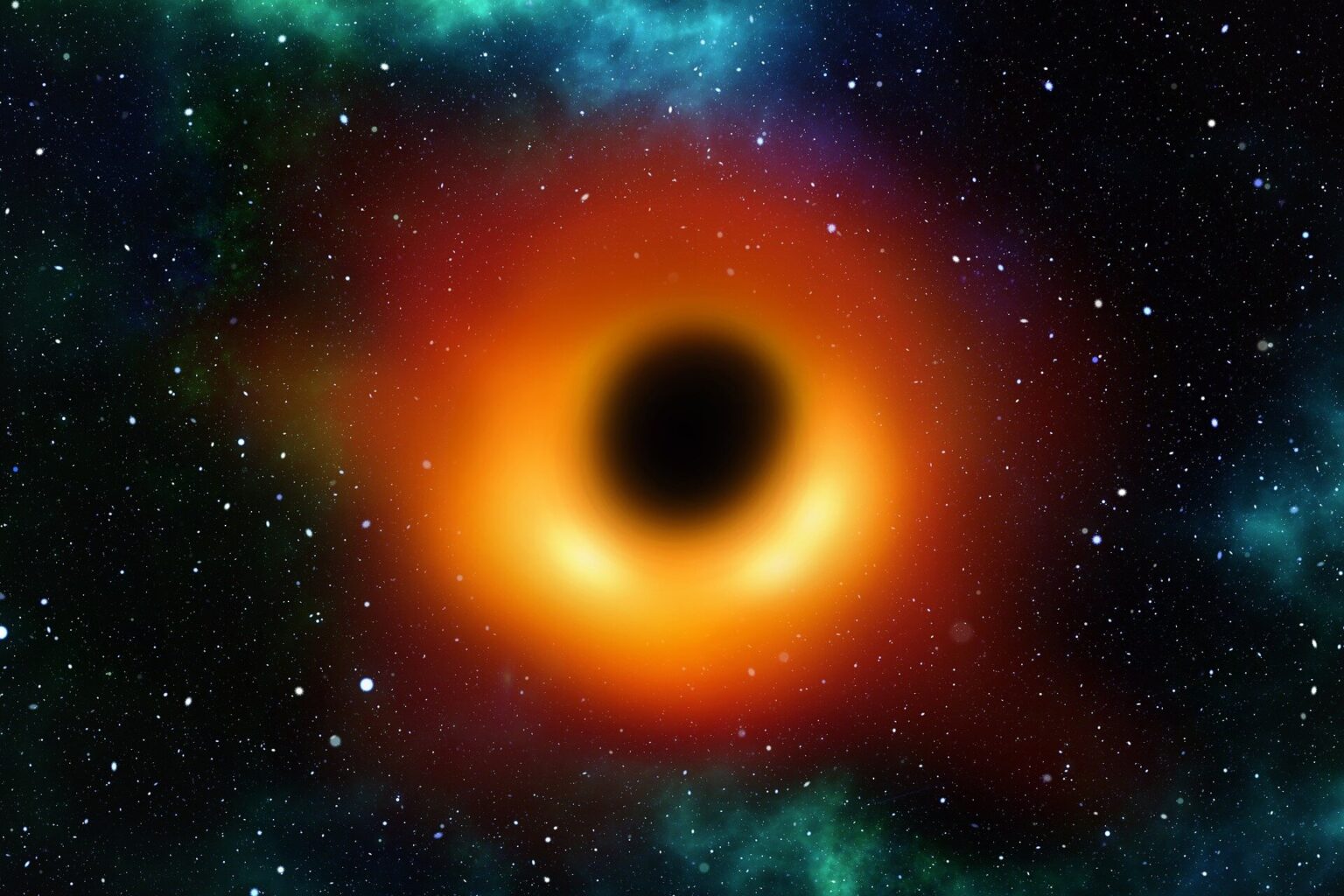Scientists have created a 3D animation of how extremely powerful flares occur in the environment of supermassive black holes. These reconstructions are based on data from the ALMA radio telescope, and Artificial Intelligence helped scientists figure them out.

Flares around black holes
Black holes do not flare up by themselves. However, complex processes occur constantly in the accretion disks surrounding them, which often lead to explosions. Sagittarius A* black hole, located in the center of our Galaxy, is no exception. One of them was observed by the ALMA radio telescope on April 11, 2017.
A recently published study in the journal Nature Astronomy by scientists from the California Institute of Technology contains a 3D animation of this event. The idea of its creation appeared back in 2021, but it turned out to be extremely difficult to implement.
Scientists explain that this is not a video recording of the event obtained by one of the telescopes, but also not a simulation that takes into account only theoretical concepts. The resulting picture is a reconstruction of what actually happened.
Artificial intelligence
The scientists working on the project are also part of the team that in 2021 obtained the first ever image of a supermassive black hole using the Event Horizon Telescope. Therefore, they are well versed in how to create an image based on hard-to-access data.
This time they created a technology called “neural radiance fields” or NeRF. In fact, it is an artificial intelligence, a neural network that draws pictures and animations based on datasets. It differs from all the deep learning systems that have been used before in that it allows creating 3D animations of an object even when it is observed from only one angle.
This is usually considered impossible, but scientists were able to replace several images obtained from different points with long-term observation from the same angle. Artificial intelligence took into account the data on the orbit of the accretion disk around the black hole and was able to create an animation.
Role of the ALMA radio telescope
ALMA’s array of radio antennas, located in South America, played a special role in all this. It has one of the largest resolution capabilities in its class, and this is what makes it indispensable in observing the black hole Sagittarius A*, which is located 26 thousand light-years away.
ALMA can not only receive images in a wide range of waves beyond the visible range, but also determine their polarization and a number of other parameters. Therefore, the beginning of the work was a kind of recording of what the radio telescope saw on April 11, 2021. And then the scientists used NeRF to turn it into a full-fledged 3D animation.
Artificial intelligence has coped with this task perfectly. It turned out that the source of the flare was two compact formations that were located at a distance of 75 million km from the black hole. This is about half the distance from Earth to the Sun. However, much more, scientists were struck by the overall picture of the event and how artificial intelligence was able to get it from a limited set of data.
According to phys.org
Follow us on Twitter to get the most interesting space news in time
https://twitter.com/ust_magazine


